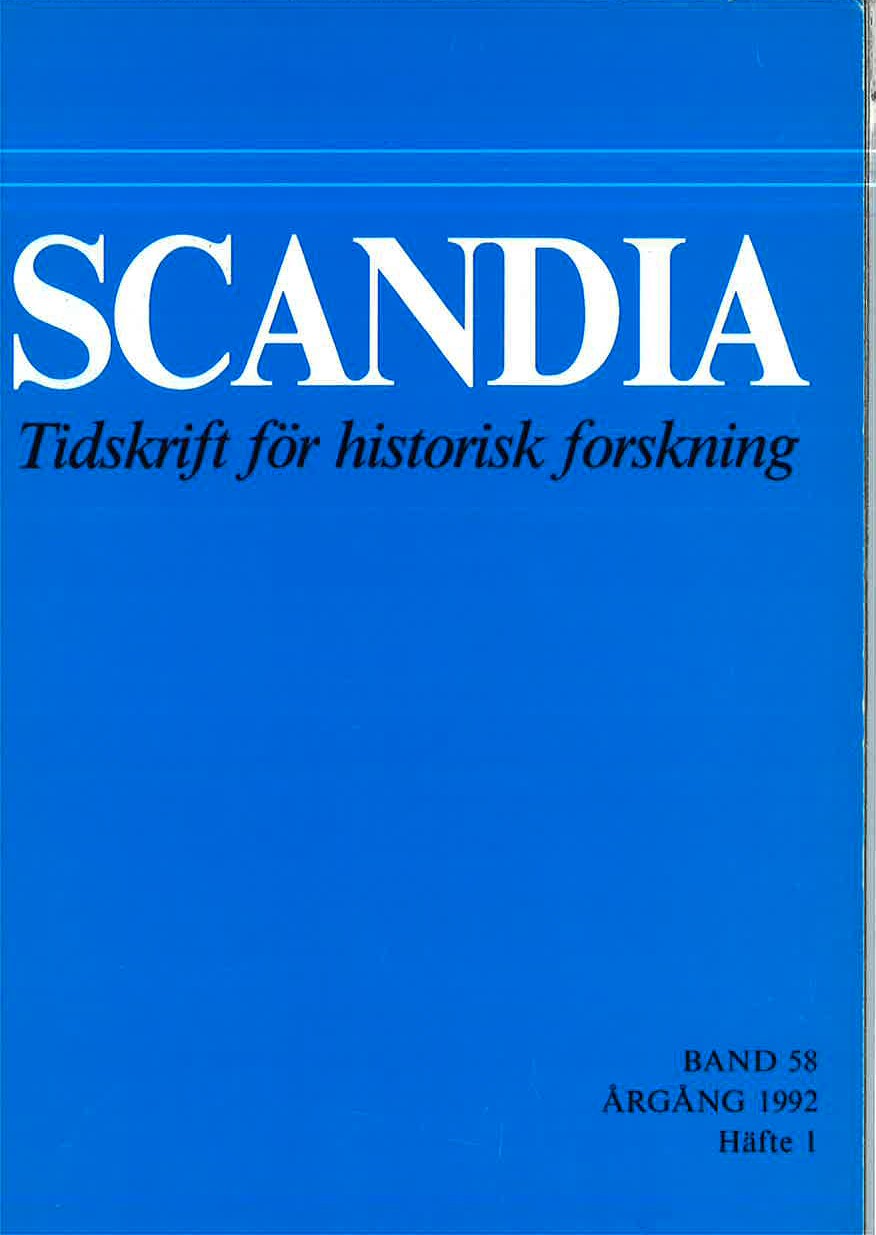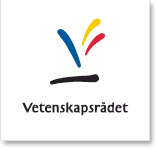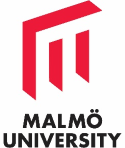Denmark, Iceland, North Schleswig: National movements and Danish politics, 1848-1920
DOI:
https://doi.org/10.47868/scandia.v58i1.24851Keywords:
Iceland, Norway, North Schleswig, independence, national movementsAbstract
In 1918 Iceland achieved independence, in personal union with Denmark, and in 1920 North Schleswig was reunited with Denmark. Thus the Icelandic question and the North Schleswig question were solved. What the Icelanders had wanted since 1848, an independent lceland, recognized as sovereign by Denmark, came about in 1918; what the people of North Schleswig wanted, reunification with Denmark, took place in 1920.
The Danish government also achieved in 1918 and 1920 what it had wanted since 1848: the formal preservation of the kingdom. In reality, however, it was only North Schleswig which came back to Denmark, while Iceland was separated from Denmark. It was thus neither the Icelandic movement nor the North Schleswig movement which had given way, but Denmark, and this happened because Germany had lost World War I. Denmark finally had the political freedom to resolve the national issues in Iceland and North Schleswig. This gave the opportunity to make a decisive move in the two questions without risking anything. It was therefore Denmark which in 1918 went furthest, in that the Danish state gave up its right to Iceland; and Denmark had already in 1871 given up the aspiration of regaining the whole of Schleswig, and instead contented itself with North Schleswig.
The two national movements in lceland and North Schleswig were nevertheless influenced by developments in Denmark, especially in the sphere of agriculture, because they were both farmers' movements; and they developed in parallel.
With the development and opening of Icelandic society, the bearing stratum, especially the peasants, were organized and given the necessary competence and awareness, thus becoming independent of Denmark. The economic and cultural breakthrough came in 1906/10, a tendency which was reinforced by Iceland's isolation from Denmark in 1916-18 as a result of the war.
The Icelandic movement developed out of an opposition to Denmark, with Icelanders using every Danish democratic opening to demand an ever greater degree of political freedom and independence from Denmark. This made it possible for Iceland to achieve independence in 1918, in personal union with Denmark.
With the development of agriculture in North Schleswig, the bearing stratum, the farm owners, were organized and given the necessary competence and awareness, resulting in the North Schleswig movement becoming stabilized. The breakthrough, economically and culturally, but not politically, came around 1906/08–14.
The North Schleswig movement, unlike the Icelandic movement, developed out of a popular cultural link with Denmark, which made it culturally and economically strong (inspired by the cooperative movement in Denmark), so that it was able to assert itself in German society. This made it possible for North Schleswig to be reunited with Denmark in 1920.
Translated by Alan Crozier





